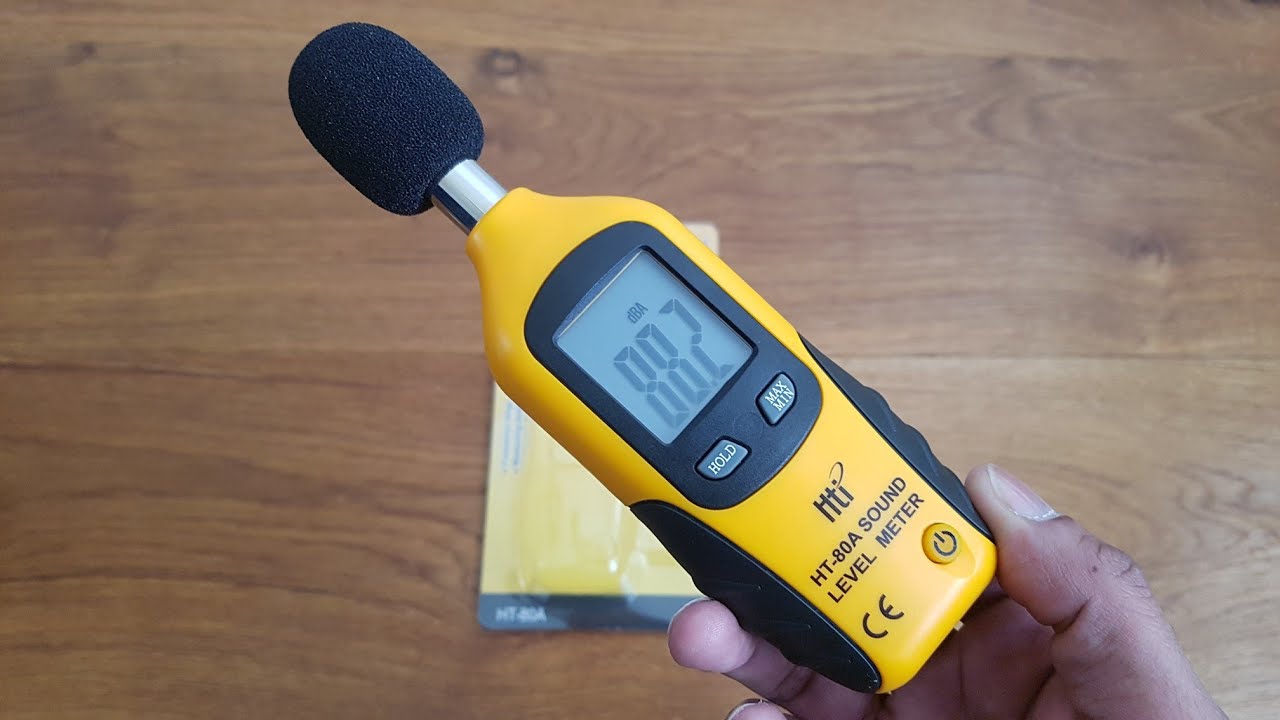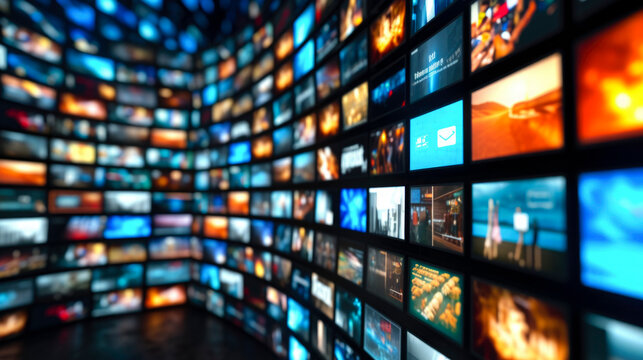
What is calibration
I’d like to quickly recap what we mean by calibration before we go into how often you should calibrate. There are two methods for calibrating your sound level meter, both of which are critical to its accuracy.
Why is it necessary to perform sound level meter calibration?
It is critical to do sound level meter calibration if you are measuring to any standard, regulations, or guidelines. Otherwise, the precision of your measurements may be questioned. When you calibrate your sound level meters, you’ll get:
- Have confidence that your sound level meter is recording consistently throughout time.
- The manufacturer’s certification confirming the sound level meter and the Acoustic Calibrator is in good working order.
- If you take care of it, it will function better and have a longer lifespan.
- If you don’t calibrate your sound level meter regularly, your warranty may become invalid.
- How should a sound level meter be calibrated?
- There are a few steps to performing sound level meter calibration:
- Take sound measurements first.
How to perform sound level meter calibration?
- A sound level meter is a gadget that uses decibels to measure the volume of sound. There are various types of these meters, but they all have three major components: a microphone that captures sound, a processing section that processes the sound, and a unit that includes the readout, which is digital and informs you of the result.
- Take your external calibrator and point it at your unit’s microphone. It’s also highly effective to place your calibrator directly above your microphone. Then all you have to do is turn on your calibrator and wait for it to do its thing. Your sound level meter will be calibrated after this.
- The calibration process should result in the levels being equal. This indicates that the meter reading should be equal to, or extremely close to, the output reading. If this is not the case, you should send or bring in your sound level meter for calibration.
- You’re ready to take some measurements now that you’ve calibrated your sound level meter. Simply grab your device and place the microphone directly against the noise that you wish to measure. It will detect the noise, analyze it, and present the results on a digital display.
- Simply remove the battery and store the device until next time. You might also choose to re-calibrate it now that it’s been used. A sound-level meter can never be over-calibrated. Sound level meters are a fascinating piece of equipment. If you take the time to calibrate your machine, you will be pleasantly impressed by the precision with which it produces results.
These are the steps perform during sound level metercalibration.








